Talk Overview
In the 1980s, scientists knew that DNA polymerase could not copy the ends of chromosomes, yet chromosome ends were still largely maintained in an organism. Additionally, they observed that the ends of chromosomes consist of highly repetitive sequences they called telomeres. Blackburn and her colleagues hypothesized that the cell must have a mechanism to add telomeres to prevent chromosome shortening during replication. In this video, Youreka Science describes the experiment that demonstrated the existence of a distinct enzyme, later named telomerase, that adds telomeres to the ends of chromosomes. This enzyme was later found to be involved in aging, cancer, and other diseases.
This video is a complement to Elizabeth Blackburn’s iBiology Discovery talk, where Blackburn recalls the events that led to the discovery of telomerase.
Speaker Bio
Youreka Science

Youreka Science was created by Florie Mar, PhD, while she was a cancer researcher at UCSF. While teaching 5th graders about the structure of a cell, Mar realized the importance of incorporating scientific findings into classroom in an easy-to-understand way. From that she started creating whiteboard drawings that explained recent papers in the scientific literature… Continue Reading
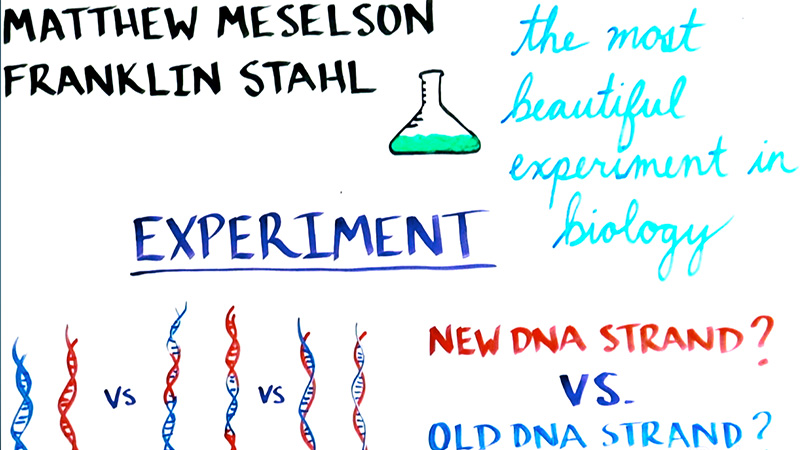
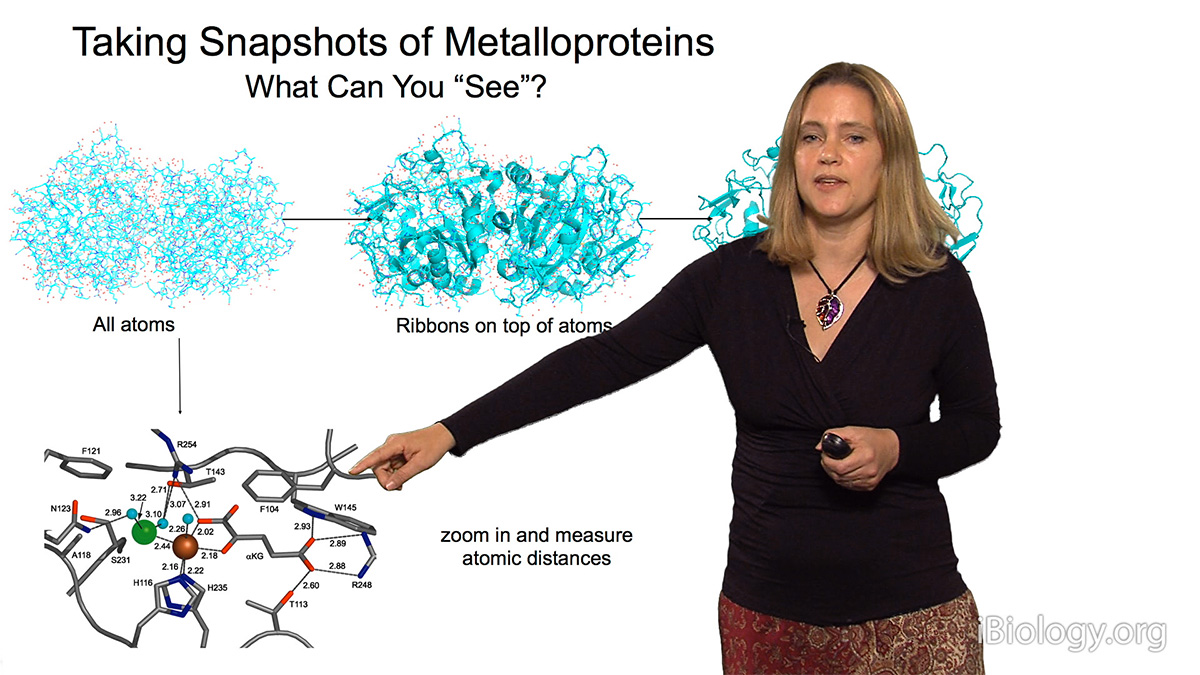
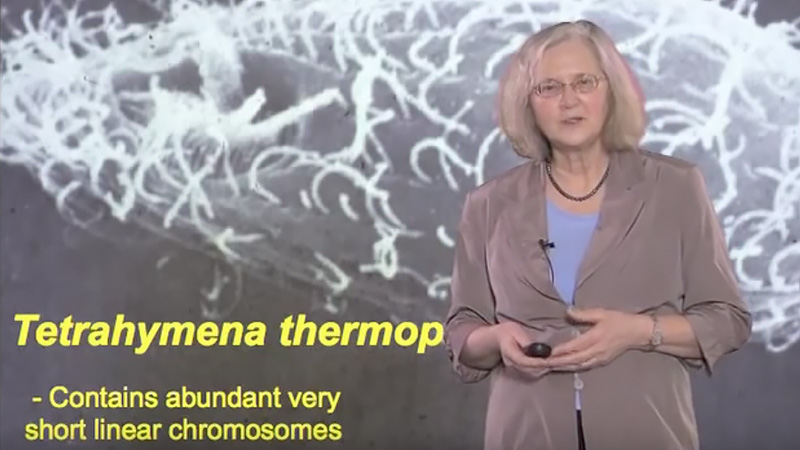
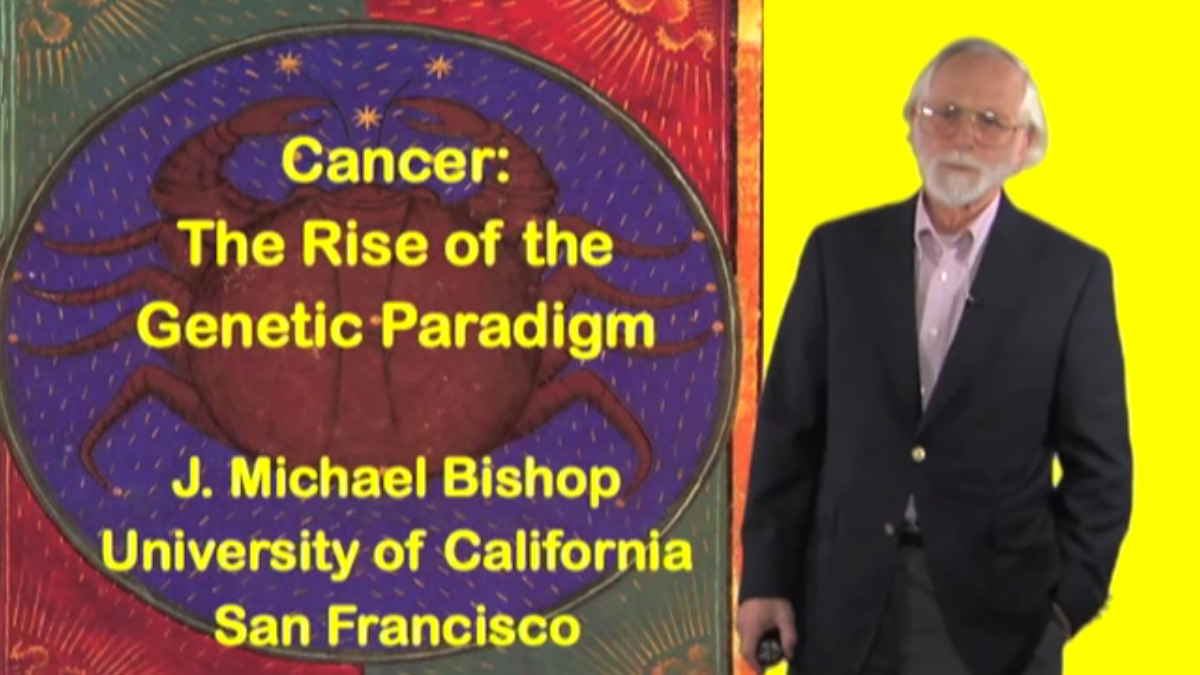
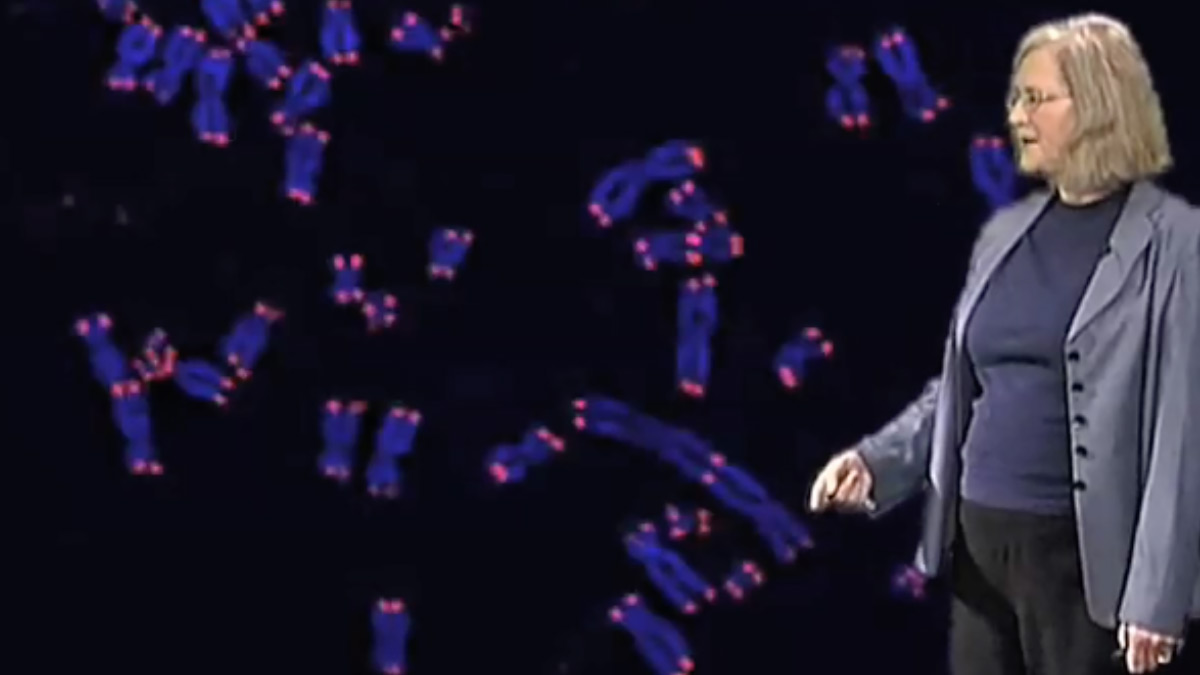
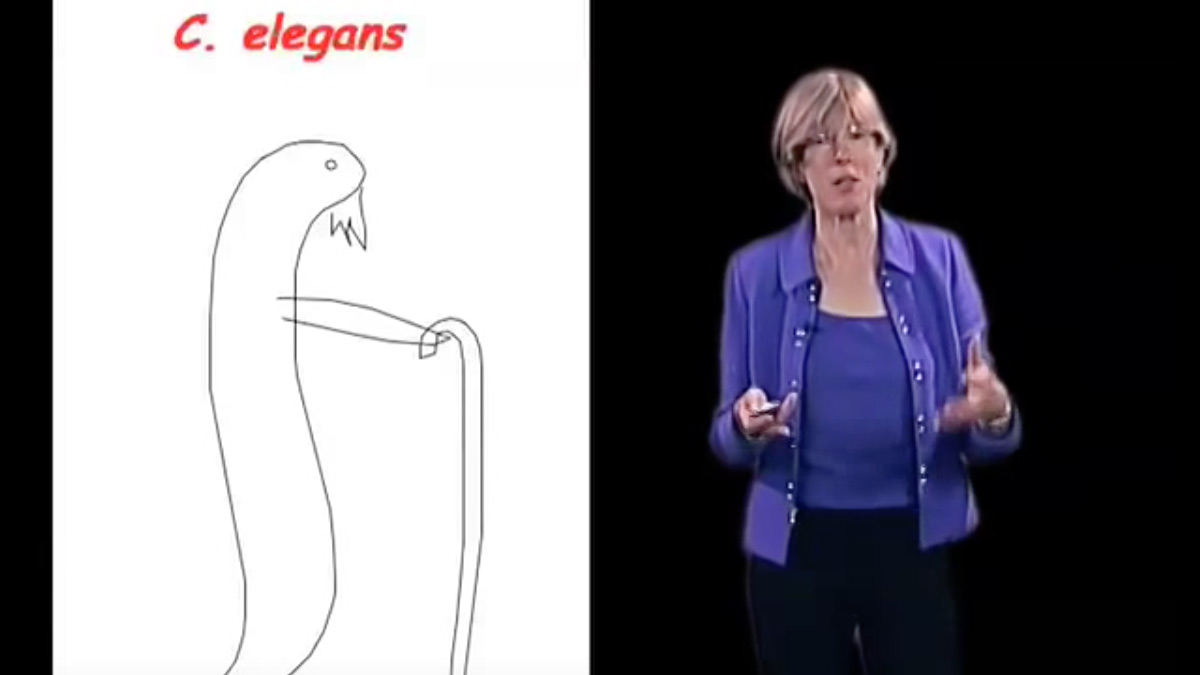
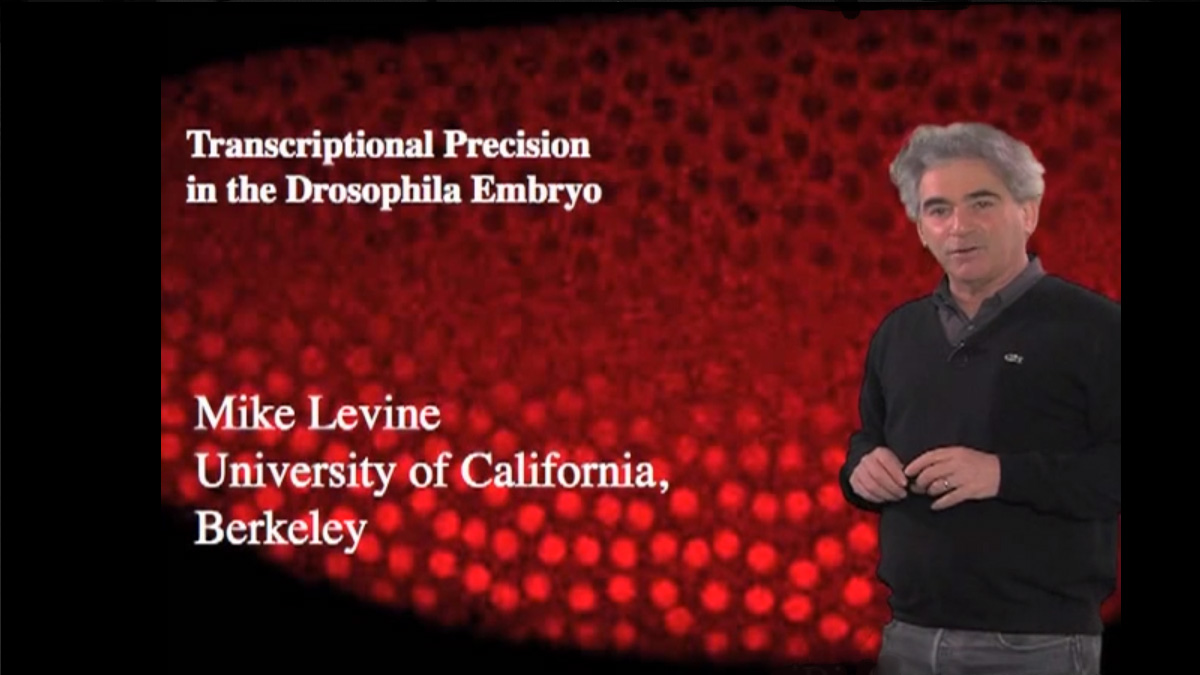





Leave a Reply